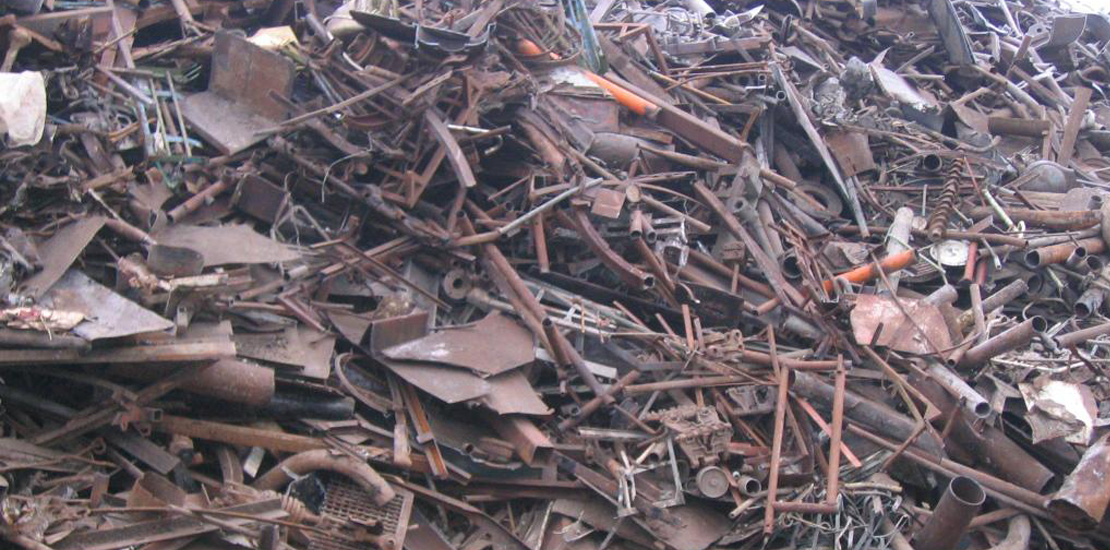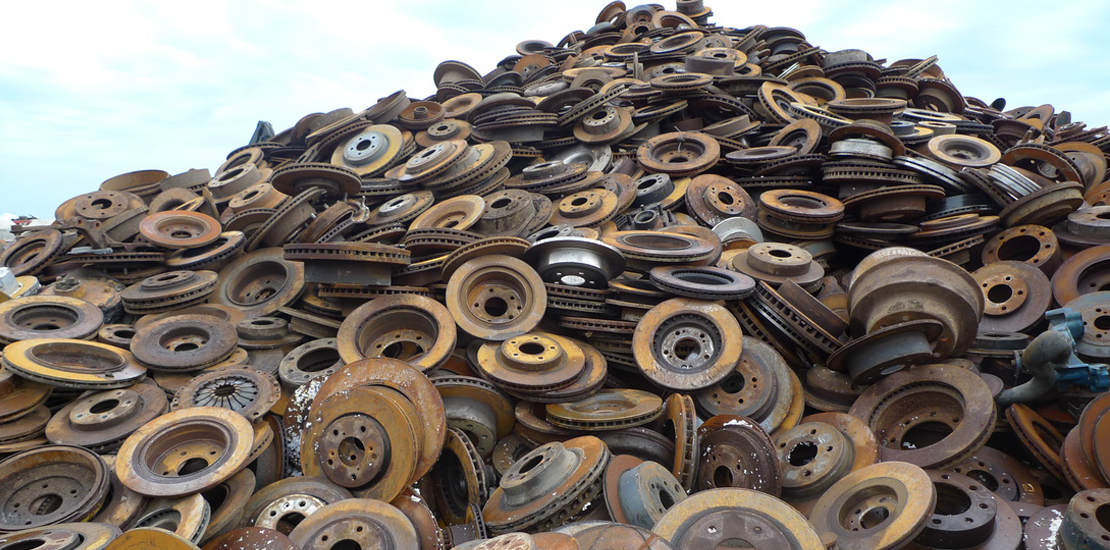

Types of Ferrous Scrap
- Heavy Melting Steel
- Old Car Bodies
- Cast Iron
- Pressing Steel
- Reinforcing Bars or Mesh
- Turnings
- Manganese Steel
- Rails
Ferrous scrap is one of the most recycled materials in the world today with over 50% of the world’s steel produced from scrap.
Ferrous metal scrap is scrap of iron and steel. This generally includes the scrap metal from automobiles, steel beams, equipment, appliances, ships, railway tracks, as well as food packaging and other containers. Scrap metal accounts for the largest volume in terms of the metal turned to scrap in the world. It can be classified into 80 general grades and over 40 grades of railroad scrap and additional grades of alloy scrap.
Do You Know ?
Metals containing iron are recycled, so the iron can be used again. Steel is the metal recycled the most. One way iron is recycled is by adding carbon, which can make steel.
Steel containers, cans, cars, appliances, and building materials are the most recycled things in the world. In 2008, 97% of the amount of steel used to build things was recycled. More than the amount of steel used to make cars was recycled. Most appliances are about 75% steel.
Iron is recycled because it costs less to recycle it than to mine iron and make it usable.
The Advantage:
The steel industry has been actively recycling for more than 150 years, in large part because it is economically advantageous to do so. It is cheaper to recycle steel than to mine iron ore and manipulate it through the production process to form new steel. Steel does not lose any of its inherent physical properties during the recycling process, and has drastically reduced energy and material requirements compared with refinement from iron ore. The energy saved by recycling reduces the annual energy consumption of the industry by about 75%, which is enough to power eighteen million homes for one year.
Economic Role :
The scrap industry was valued at more than $90 billion in 2012, up from $54 billion in 2009 balance of trade, exporting $28 billion in scrap commodities to 160 countries. Since 2010, the industry has added more than 15,000 jobs and supports 463,000 workers, both directly and indirectly. In addition, it generates more than $10 billion in revenue for federal, state, and local governments. Scrap recycling also helps reduce greenhouse gas emissions and conserves energy and natural resources. For example, scrap recycling diverts 135 million short tons (121,000,000 long tons; 122,000,000 t) of materials away from landfills.